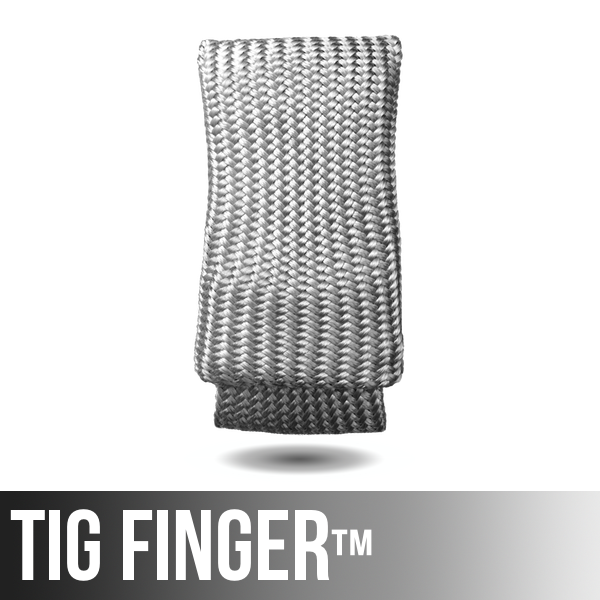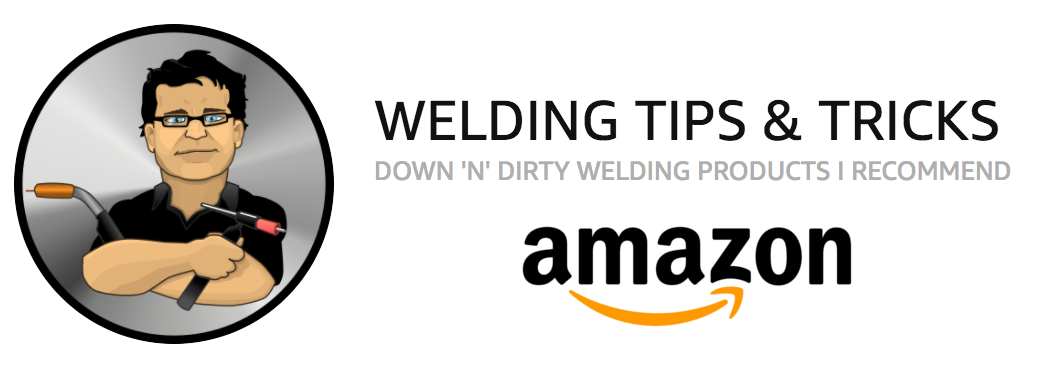
Click here to subscribe to my Video of the Week!
I have had quite a few questions come in by email, YouTube comments, and posts asking about HTP welders.
So I got hold of one and am going to use it for a few welding jobs that crop up during the next few weeks.
Today’s task is an aluminum valve cover that someone sent to me.
But after I finished the valve cover, a thick aluminum job came up.
One inch bar stock 6061 aluminum that will be a measuring device that will hold a dial caliper. Its one inch thick for the sake of dimensional stability rather than strength.
That explains why the print calls for only 1/8″ fillet weld on one inch thick aluminum.
While I was welding the valve cover, I was reminded of some basics for welding aluminum:
- Wipe all tape residue , glue, oil, grease, paint, etc with acetone.
- Rough saw cuts should be smoothed with a file, carbide burr, or other method that wont introduce any foreign matter on the aluminum.
- For big gaps, sometimes its possible to join the gap at low amperage without concern for appearance. Then after the metal cools, go back over without filler rod and using pulse settings or pulsing the pedal to achieve rippled look so that the entire bead looks consistent. (this is not a good idea for highly critical welds)
Most inverter tig welders offer a setting called “a/c balance” . I like 65% electrode negative as a starting point. Too high of a en setting will make the aluminum weld dirty and too low a setting will heat up the tip of the electrode a lot sometimes requiring one size large tungsten electrode.
A/C balance settings go up as high as 99% on some tig inverters but I rarely set ac balance higher than 80%.
Most tig inverters also come with A/C frequency adjustments. 100-120 is a great starting point. A higher setting like 150hz will focus the arc cone , but lower settings as low as 50 hz can put more heat in the part and that is especially important if you have a smaller inverter style welder with 200 or 220 amps.
An argon/helium mix really makes a big difference for thick aluminum. This 220 amp machine handled 1″ thick aluminum without preheat using an argon/helium mix.
Without the helium, a high preheat would have been needed and that is not always advisable on aluminum because it can affect the heat treatment.
All in all, this tig welder seemed very solid. It had a low amp start, and the air cooled CK tig torch held up way better than expected at 220 amps.
The foot pedal is pretty nice too and is smooth and low profile.
Anyone shopping for a tig welder has a decision of whether to go big, small, or in between.
Here is one of my experiences: over 10 years ago, I sold a Miller syncrowave 250 and I bought a Dynasty 200dx to replace it. I had only occasionally used over 200 amps for thick aluminum jobs… it was very rare.
But for those thick aluminum jobs, I also bought a cylinder of helium along with a Y fitting , check valves, and fittings so that I could mix argon and helium together using 2 separate regulators and flowmeters. The check valves are to make sure I dont mix gases in the tanks.
I only use helium for thick aluminum parts so a cylinder of helium would sometimes last me well over a year.
For the rare times I had to weld thick aluminum, the helium always got me over the hump.
I saved on power bills and floor space. … and my tig welder sat on a shelf on the wall out of the way.
Now let me be clear, that Miller Syncrowave 250 was a great machine and I was not limited at all with it.
Tig inverters with all the bells and whistles are nice…and I experiment and play with those settings all the time. But if I had to go back to a conventional older tig welding machine tomorrow, like a Miler Dialarc HF , Syncrowave, Airco, Miller 330 abp, etc…
It wouldnt be a huge deal to me…except for my power bill.
But make no mistake, inverters are here to stay.
( As always, feel free to visit us at our sister site, WeldingTipsAndTricks.com. )
Click here to subscribe to my Video of the Week!








April 8, 2015 at 6:46 AM
Hi Jody,
Love my tig finger!
I have HTP221, on the AC function , can you explain the best use for the setting for pos/neg background current.
I have improved so much by learning from you.
thanks
April 12, 2015 at 7:30 PM
From what I have tried, the independent AC amplitude can be utilized for many things depending on the desired outcome.
If you have VERY clean, brand new virgin aluminum, decreasing the EP amperage will have a similar effect to using more EN balance, with respect to the cleaning-action/etching zone surrounding the weld bead. Obviously this isn’t always the case, as many welds are not on brand new aluminum parts. You simply have to get scrap 6061 (or whatever weldable alloy you plan to use), and experiment with the various settings.
Just remember:
More EP and longer duration of it in the cycle: more cleaning action, but greater tungsten tip erosion/more balling.
Less EP and less duration of it in the cycle: less cleaning action, but improved tunsten tip stability via less erosion/balling.
The gray area are all the settings between those two extremes, as you have 4 degrees of freedom to adjust, the number of combinations increases drastically.
February 9, 2014 at 9:01 AM
I like the helpful information you provide in your
articles. I will bookmark your weblog and check again here
regularly. I am quite certain I will learn many new stuff right here!
Good luck for the next!
March 11, 2013 at 12:35 AM
What tig welder would you recomend to a novice ?
February 22, 2013 at 9:48 PM
Your vidios are great help. 20 years of welding and still need to learn so much. Thank you for the help.
Ted
February 22, 2013 at 2:49 PM
Jody, very interesting lowering the HZ to put more heat in, I would have thought focusing the arc with higher Hz would do that…thanks so much…..will have to try that tip……Paul
February 22, 2013 at 8:35 AM
Jody,
I have watched and learned from all your videos, thank you. What I would like to see is a close up shot of the foot peddle in action while you explain how you are using it as you control your amperage. I’m sure you have a few different techniques you use.
Thanks, Ed K. Cleve. Oh.
February 21, 2013 at 6:00 PM
Jody,
Thanks for another great video. Your weld shots are the best around and that’s where I learn. Nothing beats watching that puddle form and the rod move along with it.
My TIG finger saved the day again too, it really does keep your fingers cool.
Rob